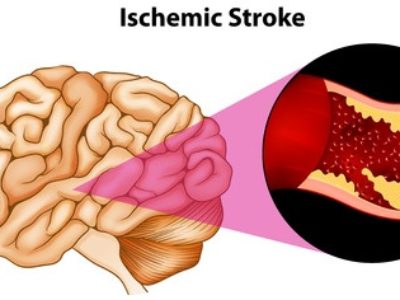

Am I Having a Stroke?
United States Stroke Statistics
- Approximately 795,000 Americans each year suffer a stroke; about 600,000 of these are first time incidents and 185,000 are recurrent attacks.
- Stroke kills more than 140,000 Americans each year; it is the third leading cause of death in the United States.
- Stroke is the leading cause of serious, long-term disability in the United States.
- Almost three-quarters of strokes occur in people over the age of 65. In fact, a person’s risk of having a stroke more than doubles each decade after the age of 55. But one in four strokes happen to people under the age of 65.
- Between 1995 and 2005, the stroke death rate fell by 30 percent and the actual number of stroke deaths declined by 14 percent.
- High blood pressure is the biggest risk factor for stroke.
- A person’s risk of stroke doubles if they are a current smoker
Use the American Heart Association’s memory tool called F.A.S.T. to recognize when to call for medical help:
F: Facial drooping
A: Arm weakness
S: Slurring of speech
T: Time to call 911.
A stroke is a medical emergency but quick treatment can save your life or increase your chances for a full recovery. If you believe that you or someone you know may be experiencing a stroke, immediately call 911.
Can I Prevent a Stroke?
Up to 50 percent of all strokes are preventable with lifestyle regulation.
Keeping these risk factors in check can decrease your chance of having a stroke:
- High blood pressure
- Atrial fibrillation
- Uncontrolled diabetes
- High cholesterol
- Smoking
- Abusing alcohol
- Obesity
- Existing carotid and/or coronary artery disease
It is a good idea to keep the controllable factors in check because there are uncontrollable risk factors:
- Age (People over age 65)
- Gender (Men have more strokes, women have deadlier strokes)
- Race (African-Americans are at increased risk)
- Family history of stroke
If you have questions about your risk for stroke, speak with your doctor.
Sometimes, people experience warning signs before a stroke occurs. These are called transient ischemic attacks (also called TIA or “mini-stroke”), brief episodes of the stroke symptoms listed above. A TIA is when a blockage, caused by a clot, is temporary. These leave no permanent brain damage.
Some people have no warning signs before a stroke, or symptoms are so mild that they are not noticeable. Regular check-ups are important in catching problems before they become serious. Report any symptoms or risk factors to your doctor.
Failure to Diagnose Stroke
Know that when a medical professional fails to recognize the signs of heart disease that can lead to a stroke or fails to recognize that person has had a stroke, they may be liable for a life-threatening health outcome. Contact an experienced medical malpractice lawyer if you or a loved one has suffered from a failure to diagnose or failure to treat heart disease or stroke.
If you were injured because of medical negligence or lost a loved one due to a preventable medical error, you have enough to deal with. Let an experienced medical malpractice attorney fight for justice on your behalf. It is not uncommon to receive a settlement from the insurance company that is five to ten times larger with the help of a medical negligence lawyer. Call the most experienced practicing medical malpractice attorneys Bellingham has at Tario & Associates, P.S. today for a FREE consultation! We have been representing people injured by medical negligence in Whatcom County, Skagit County, Island County and Snohomish County since 1979. You will pay nothing up front and no attorney fees at all unless we recover damages for you!




